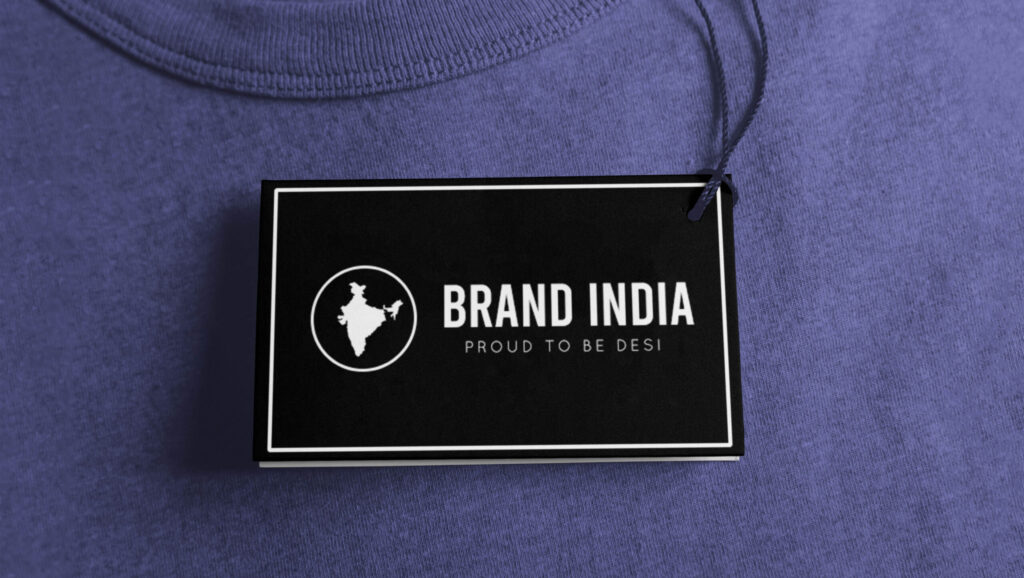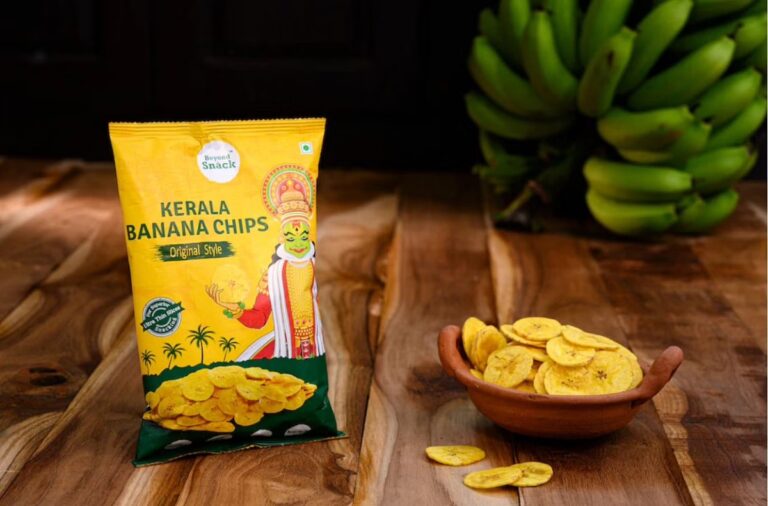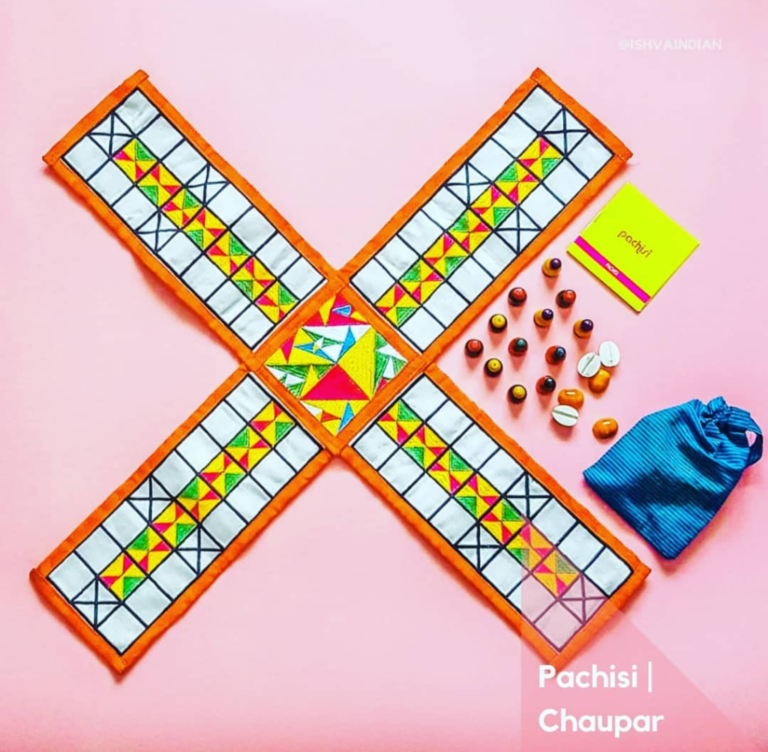The UN established June 21st as the International Day of Yoga in 2015. All of us in India received this news with great joy. After all, it was in India that Yoga originated as a physical, mental and spiritual exercise for the holistic development of its practitioners.
Did you know that the global Yoga industry today is over $80 Billion, with apparel, equipment, accessories, diet and studios all showing constant growth? And yet, we have no representation from any Indian brand in the global health and wellness market. While we retain bragging rights to being the originators of Yoga, others are taking all the benefits!
India’s Cultural Assets
The same unfortunate story of not having any meaningful representation on the world stage is repeated in every aspect of India’s cultural assets: from fashion and accessories, home decor and furnishings to food and beverages and even tourism. There have been enormous efforts over the decades by multiple individuals, groups, governments and others to harness these cultural assets into brands that not only provide economic value and livelihoods but also help in creating a Brand India that is respected and valued around the world. These efforts have largely focused on the supply side, eg, working with artisans and weaver groups, and providing them with much-needed training, design, manufacturing and other inputs. However, it is equally critical to address the demand side of the business, which includes, an understanding of trends, markets and customers, product design sensibilities, technology, global supply chain, quality standards, branding, partnerships and legal issues. It is this jugalbandi of the demand and supply sides that will create successful businesses and brands.
Proud to be Desi
Changing demographics have modified the aspirations and needs of new consumers around the world. They now seek authentic, sustainable, holistic products, services and experiences. In addition, according to the Think with Google 2020 report, Indian consumers are also proud to be desi. This rise in an assertive, confident, aware class of talented Indians alongside a rise in buying power and changing tastes, is what augurs well for the success of Indian cultural brands.
The Indian IT industry over the years has transformed itself from being a supplier of low-cost job shop labor to doing contract work for hire for Western customers to becoming branded providers of complete high-end enterprise transformation services with their own products, IP, processes and models. TCS and Infosys are multi-billion dollar global brands. Indian startups like Zoho, Freshworks and thousands more compete today with the best in the world. Similarly, Indian cultural businesses will need to move away from only providing labor and services to Western buyers, brands and importers, to delivering products and services to customers based on their innovation, design, branding, marketing and technology. For this to happen, the ecosystem that enables the jugalbandi between the demand and the supply side needs to be in place, with cultural entrepreneurs being central players, assisted by funders, mentors and experts.
Billion-dollar cultural brands like Levi’s jeans, McDonald’s, Corona ($8b beer brand from Mexico!), Louis Vuitton, Gucci and so on emerge from the cultural credibility of their countries of origin. It is time that the building of Indian cultural brands occurs. It is time for Brand India to take shape.
Sanjay Anandaram is co-founder of NICE.





